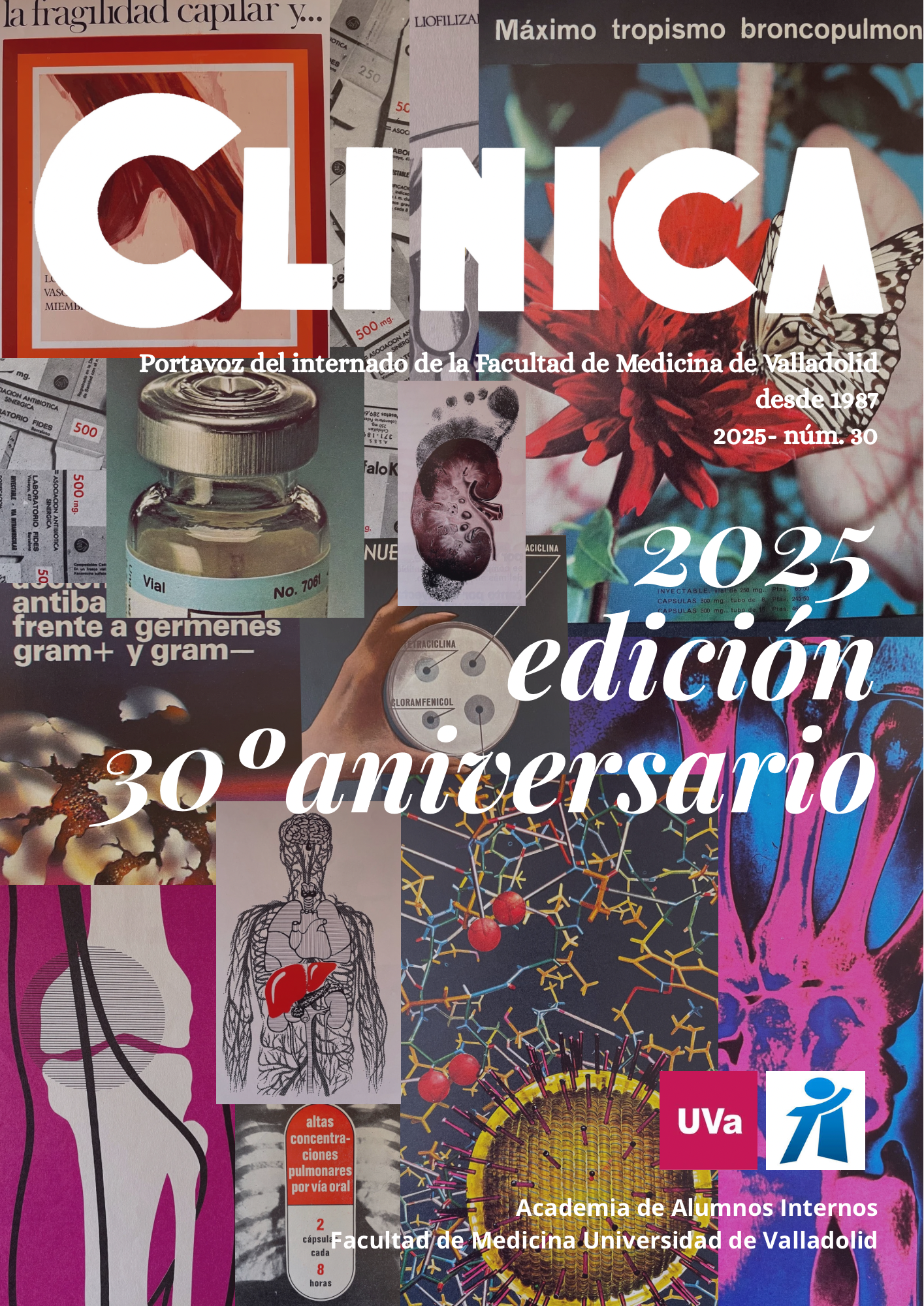Differential diagnosis of haematuria: glomerular or non-glomerular haematuria?
DOI:
https://doi.org/10.24197/5283t937Keywords:
glomerular haematuria, non-glomerular haematuria, dysmorphic red blood cells, acanthocytes, phase contrast microscopyAbstract
Haematuria is defined as the presence of >12 red blood cells (RBCs)/μL (2-3 RBCs/high-power field 40×) in the urinary sediment in men or >30 RBCs/μL (>5 RBCs/high-power field 40×) in women or children and this finding is considered pathological. To characterize haematuria, it is necessary to assess for macroscopic changes and to perform both a chemical urine analysis (dipstick testing) and a microscopic examination of the urinary sediment, this being the gold standard for its detection and confirmation.
This image illustrates the approach to the differential diagnosis of haematuria, emphasizing the key role of the Clinical Laboratory in performing urinalysis and interpreting the pathophysiological significance of urinary formed elements, helping to guide clinicians toward an accurate diagnosis.
Downloads
References
— Fogazzi GB, Garigali G, Abinti M, Lieti G, Verdesca S. An updated approach to the evaluation of the urinary sediment. Pediatr Nephrol. 2025 Apr;40(4):933-945.
— Zaera S, Villar-Mallo N, González Vilanova M, Díaz Lozano MC, Garrido-Sánchez JJ, Máiz Suárez L. About the correct definition of acanthocytes for their use as markers of glomerular haematuria. Rev Lab Clin. 2019 Jul 1;12(3):155–157.
— Jiménez García JA, Ruiz Martín G. El Laboratorio Clínico 2: Estudio de los elementos formes de la orina. Estandarización del sedimento urinario. Cuenca (España): LABCAM (Asociación Castellano‑Manchega de Análisis Clínicos); 2010.
— Carrasco Hidalgo-Barquero M, de Cea Crespo JM. Hematuria. Protoc diagn ter pediatr. 2014;1:53-68.
— Jayne D. Hematuria and proteinuria. In: Greenberg A, editor. Primer on Kidney Diseases. Philadelphia: Saunders Elsevier; 2009. p. 33–42.
Downloads
Published
Issue
Section
License
Copyright (c) 2025 Patricia Ramos Mayordomo, Marta Capilla Díez

This work is licensed under a Creative Commons Attribution 4.0 International License.
The articles published at Clínica will have a Creative Commons Attribution 4.0 International License (CC BY 4.0).
The journal allows the authors to retain publishing rights. Authors may reprint their articles in other media without having to request authorization, provided they indicate that the article was originally published in Clínica.


